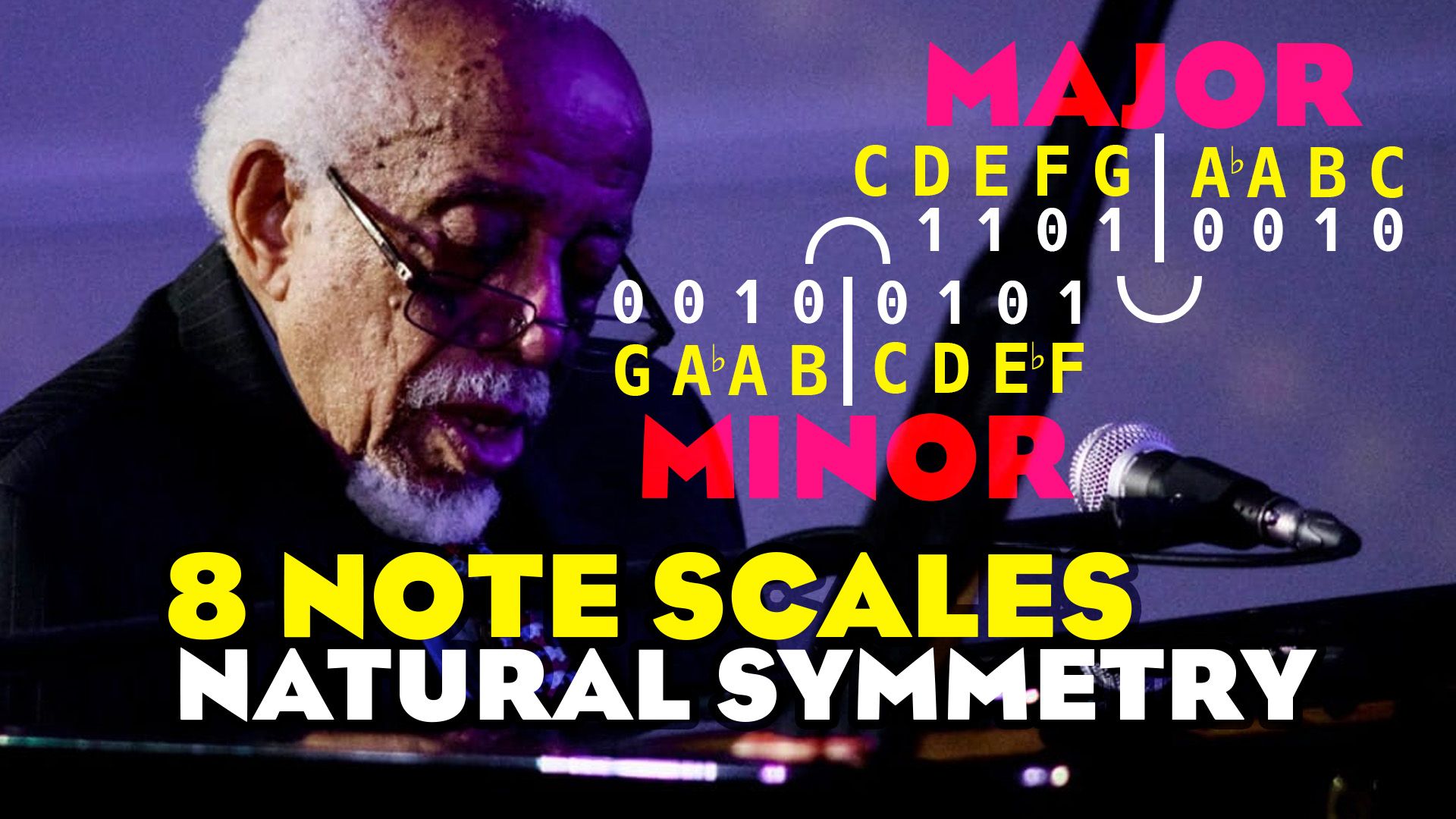The Korean 한글 Han-gul Indian Connection and My Personal Language Learning Operating System

Language DNA
What do Korean, Tibetan, Chinese, Spanish and Danish have in common? This clip is one that I have been wanting to put together for many years now and it’s one that I’m excited to finally be able to share with you.
This clip is a little longer than other clips I have posted in the past, but is one that I think should be watched in its entirety … several times over!
In 1996 I made my first trip to Seoul, South Korea. One of my co-workers told me that they could teach me to read the Korean Script – 한글 Han Geul within a ride across town from the Westin Chosun hotel in downtown Seoul to Itaewon which was about 20 minutes away. I laughed it off at first thinking ‘yeah sure, try your best’, not expecting her to succeed. I ate my words.
There is a reason that most Koreans will tell you why I was able to learn the script so fast. Invented by King Sejong the Great in 1443, in the 20th Century, Han-geul became the standard writing system for both North and South Korea and even has a public holiday to celebrate its brilliance. The brilliance in it is that with very minimal base ‘shapes’ that are stylised versions of the shape of articulation in the mouth, Han-geul allows learners to become literate very fast with little ambiguity about what a syllable should sound like.
That is true, but it is only part of the reason why I felt such an affinity with Han-geul. As I was learning it, it was like all the neurone in my brain were on fire, subconsciously realising links between the Indic scripts that I already new based on the Indic sound system. At first when I mentioned these links to some Koreans, the reaction ranged from laughter to anger. How could I suggest that there was any Indian influence or at least ‘inspiration’ in Han Geul.
This sent me on a journey of discovery. I came across the work of Gary Lerdyard and his research into the links between the Korean script and Tibetan and Sanskrit by means of the Phags-pa script.
I kept developing on these ideas as I realised that this underlying system was the basic operating system that I subconsciously would go about learning languages – playing with them and predicting what new languages would sound like. The system was equally applicable not only to Indic languages and Korean. These principles as I demonstrate in the video clip are just as applicable across all the languages that I have learnt including Chinese languages, Romance languages, Germanic languages, South East Asian languages and of course Indic languages. In fact, tonal languages can be understood with ease when this blueprint is used as a backdrop and in fact, the entire tone System of Thai in Thai writing is based on this map of the human mouth. Non Tonal languages like Khmer are also based on this, and understanding of the base sound system will allow you to understand the language and sound system on a much more holistic level – not having to just be taught that there are certain vowels go with certain letters and learn them by rote, but rather being able to understand WHY certain sounds go with other sounds and even predict which ones will and will not go with each other.
Indic Compass Is a Sound Blueprint
I developed my Indic Consonant Map as a blue-print for sound shifts and scripts across many languages and I have developed teaching strategies based on these principles, using my own intellectual property ‘Stuart Jay Raj Speech Glyphs’ – many of which resemble Korean fundamental sound shapes.
I hope that this clip will inspire you to dig further into what I present and perhaps give you a new lease on language learning and fluency.
Check out how to use this and more tools at Jcademy.com



